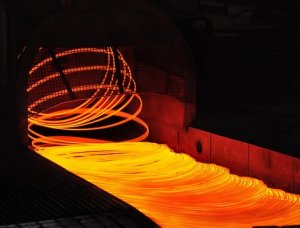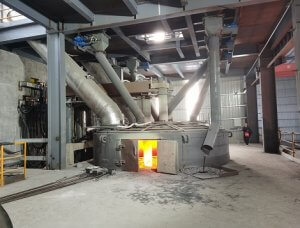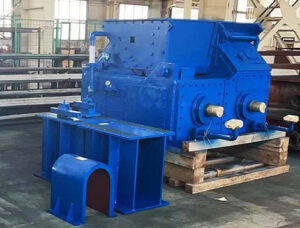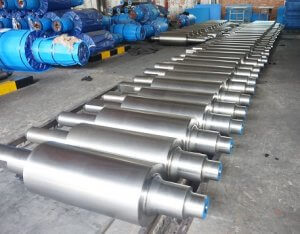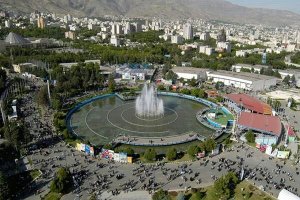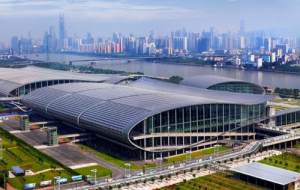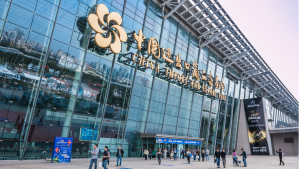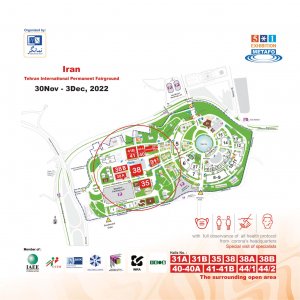Products
Exhibition
Industry News
Roller FAQs
Author : hani Time : 2018/04/28Roller is a tool that plastically deforms the (rolled) metal and an important consumable component that determines the efficiency of the rolling mill and the quality of the rolled material. Roller is a key part of the rolling mill, utilizing the pressure generated by a pair or group of rollers rolls to roll the steel. It is mainly subjected to dynamic and static loads during rolling, wear and temperature changes.
Two kinds of rolls that we use most are cold roll and hot roll.
Many types of materials used to make cold rolling rolls, such as 9Cr, 9Cr2, 9Crv, 8CrMoV and so on.
There are two requirements for this type of roll:
- The surface of the roll must be quenched;
- The surface hardness must be HS45~105.
The materials used to make hot rolling rolls are generally 60CrMnMo and 55Mn2. This type of roller is used in a wide range of fields and can be used in some processing of section steel, bar, rebar, high-speed wire rod, seamless steel pipe, billet, etc. It withstands strong rolling forces, severe wear and thermal fatigue effect, and the hot roll works at high temperatures, and allows the diameter wear in unit workload, so surface hardness is not required, only high strength, toughness, and heat resistance are required. The hot roll only uses the whole normalizing or quenching, and the required surface hardness is HB190~270.
The common failure of rolls are as follows:
- Crack
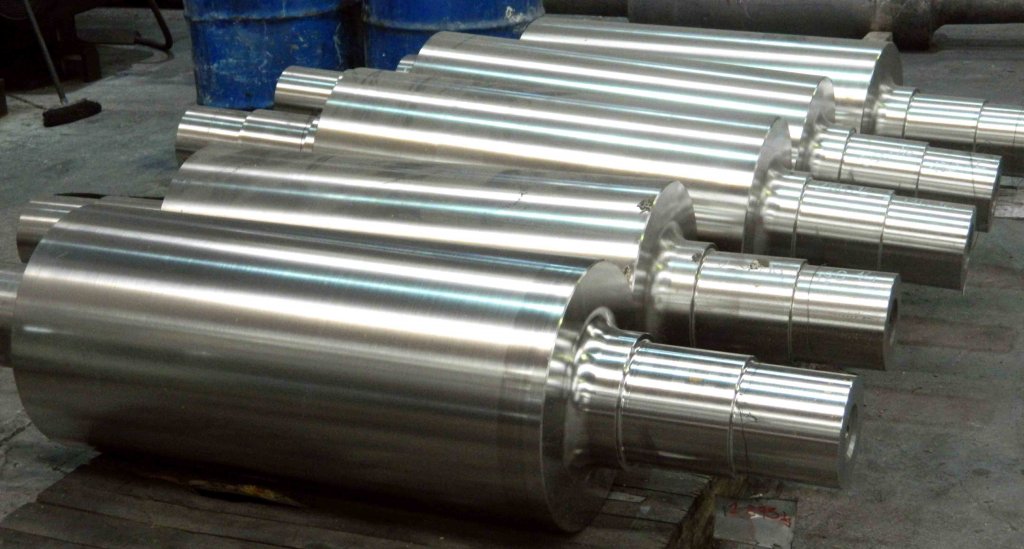
The roll cracks are mainly caused by the partial pressure of the roll and the quenching and heating of the roll. On the rolling mill, if the nozzles of the emulsion are clogged, the local cooling condition of the rolls is not good, and cracks will occur. Because of the low temperature in winter, it is easier to crack than summer.
- Scaling
After long period of time, cracks will become block or flaky scaling. If the scaling is slight, the roll can be used continuously after re-grinding; if it is severe, the mill roll is scrapped.
- Pitting
Pitting is mainly caused by the strip weld or other debris entering the mill, so that the roll surface is marked with pits of different shapes. Rollers that normally have pits must be changed. When the quality of the strip weld is not good, the rolling operation should be lifted and pressed down to prevent pitting.
- Sticking roller
The reason for the sticking roller is that in the cold rolling process, broken pieces, wavy folds, and broken edges appear, and due to the high temperature and instant high temperature, it is easy to form the sticking of the strip steel and the roller, resulting in a small area damage to the roller. After grinding, the roll can be reused if cracks on the surface is eliminated, but its service life is significantly reduced, and peeling accidents are likely to occur in the subsequent runing time.
- Roll breaks
Roll breaks are mainly caused by overpressure (ie, excessive rolling pressure), defects in the roll (non-metallic inclusions, air bubbles, etc.), and uneven stress generation in the roll.


